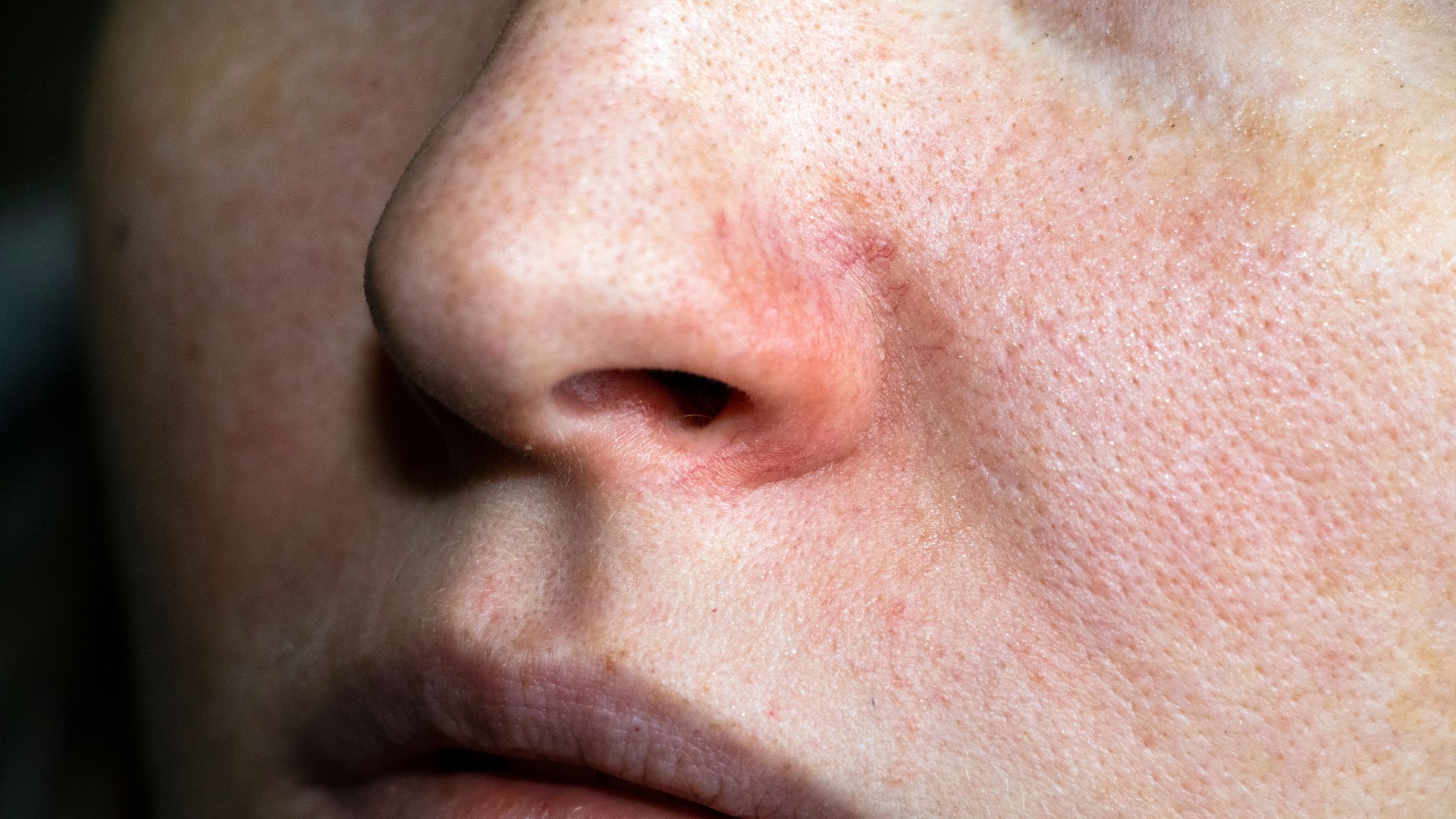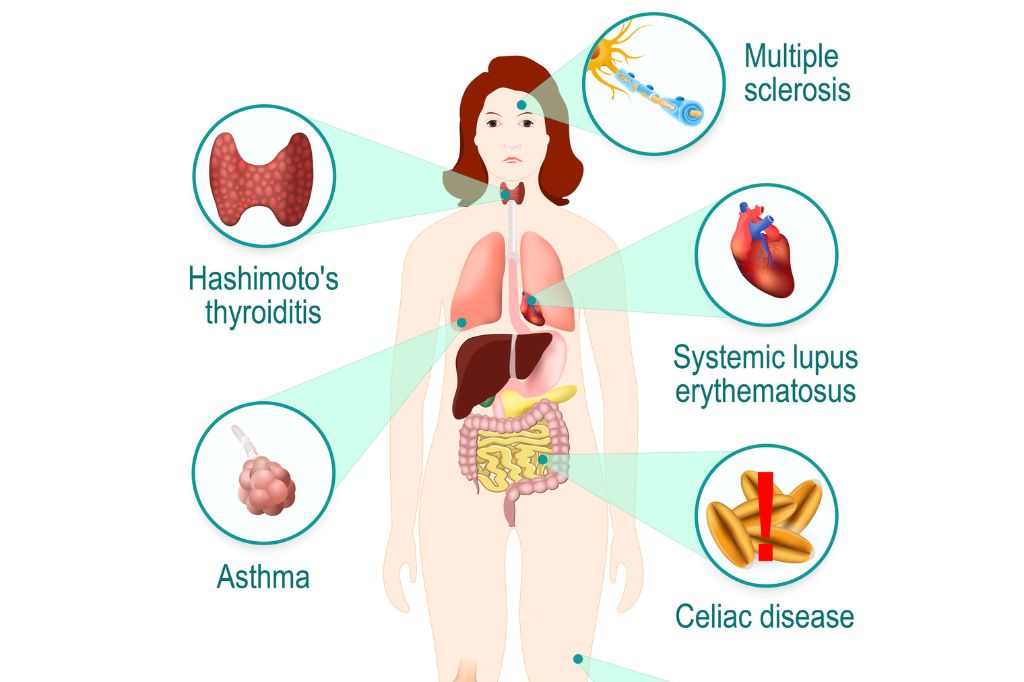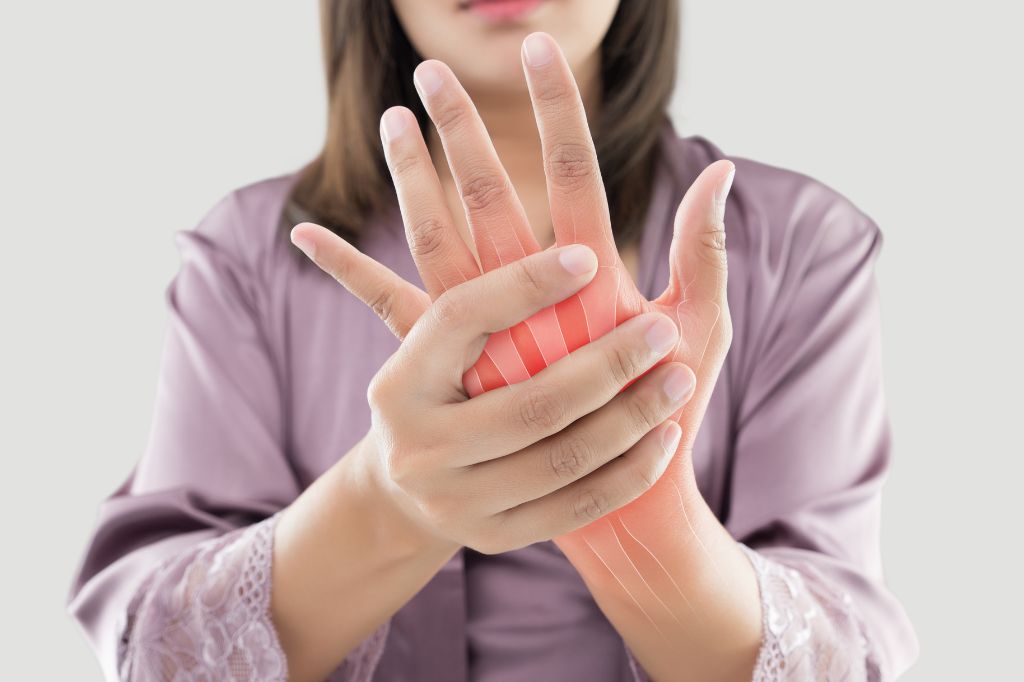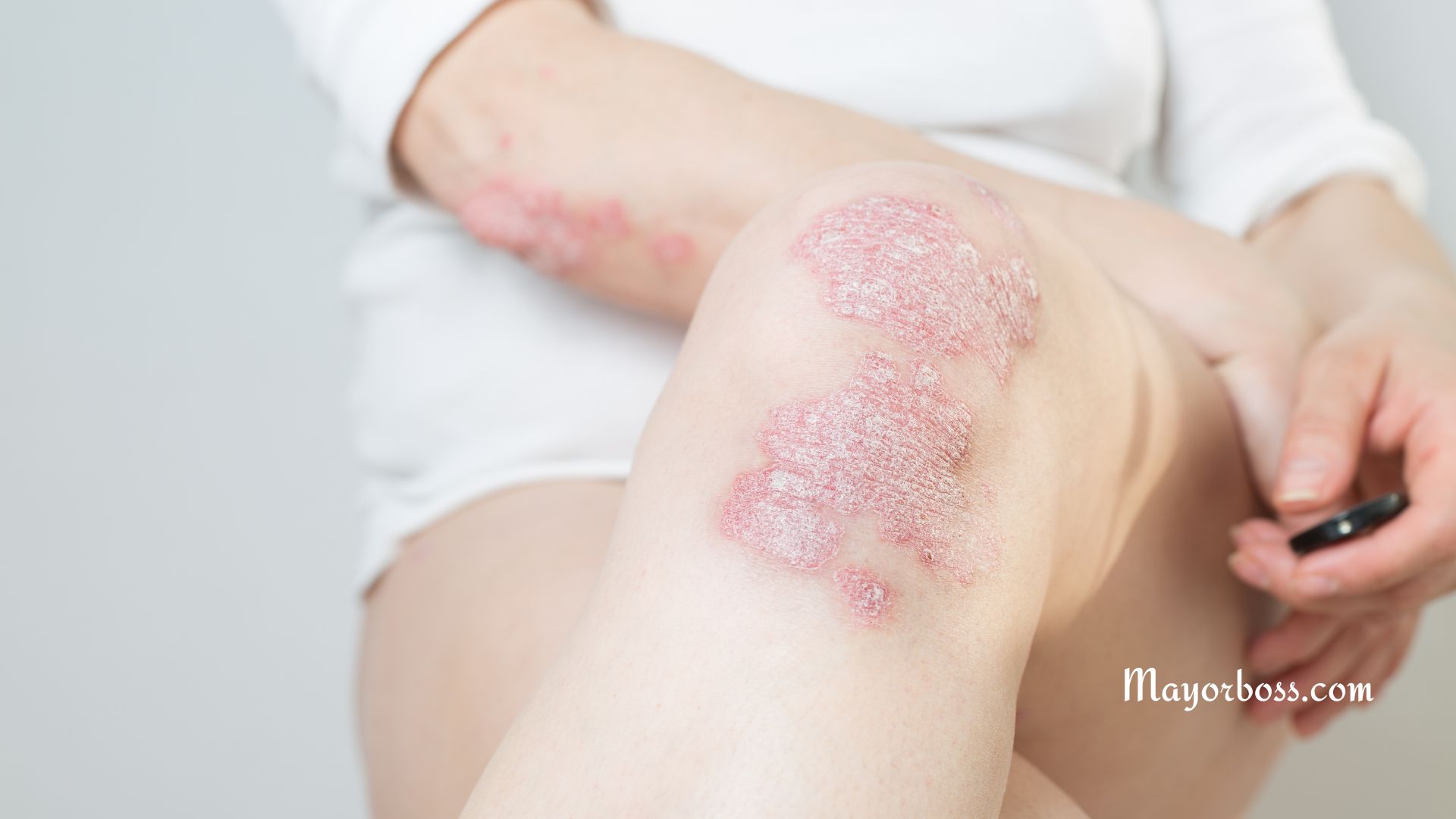Psoriasis: Causes, Symptoms, and Treatment
Have you ever wondered about psoriasis? Perhaps you’ve heard of it, but you’re not quite sure what it entails. In this article, I’ll provide an overview of psoriasis, detailing its causes, symptoms, types, and treatment options.
What is Psoriasis?
Psoriasis, at its core, is an immune-mediated disease. This means your immune system starts a chain of events that results in the rapid overgrowth and turnover of skin cells.
You’d typically observe red, inflamed patches of skin covered with silvery scales, predominantly on the elbows, knees, and scalp, but it can appear anywhere on the body.
These scales and red patches are often painful and itchy.
The Causes of Psoriasis
Why does psoriasis happen? The exact cause remains unknown, but it’s considered to be related to an immune system issue.
It often runs in families, suggesting a genetic link, but environmental triggers also play a key role. Infections, stress, and certain medications are just a few examples that can trigger a psoriasis flare-up.
Symptoms of Psoriasis
The symptoms of psoriasis can vary from person to person. But don’t worry. I’ll outline some common signs for you.
These can include red patches of skin covered with thick, silvery scales, dry and cracked skin, itching, burning, or soreness, and swollen and stiff joints.
Many people with psoriasis also report thick, pitted, or ridged nails.
Remember, if you notice these signs, it’s always best to consult a healthcare professional.
Types of Psoriasis
There are several types of psoriasis, each with its own distinct signs and symptoms. Here, I’ll detail some of the common types for you:
Plaque Psoriasis
This is the most common type, and it results in dry, raised, red skin lesions (plaques) covered with silvery scales.
Guttate Psoriasis
Typically seen in children and young adults, this type is marked by small, water-drop-shaped sores on the torso, arms, legs, and scalp.
Inverse Psoriasis
This type causes smooth patches of red, inflamed skin that worsen with friction and sweating. It’s most common in the armpits, groin, under the breasts, and around the genitals.
Pustular Psoriasis
Pustular psoriasis is uncommon and can occur in widespread patches or in smaller areas on the hands, feet, or fingertips.
Erythrodermic Psoriasis
This is the least common type, causing a red, peeling rash that itches or burns intensely.
Scalp Psoriasis
This type appears on the scalp and can extend beyond the hairline. It may appear as one or multiple patches on the scalp and can even affect the entire scalp.
Nail Psoriasis
Nail psoriasis primarily affects the nails of the fingers and toes, causing pitting, abnormal nail growth, and discoloration.
Psoriasis Treatment
How can psoriasis be treated, you ask? I’ll preface this by saying there’s no cure for psoriasis, but it’s not all bad news.
Various treatment options can help manage the symptoms and significantly improve your quality of life. Topical treatments, light therapy, and systemic medications are commonly used.
Topical treatments are creams and ointments applied to the skin. They can reduce inflammation, slow the growth of skin cells, as well as relieve psoriasis symptoms.
Light therapy or phototherapy involves exposing your skin to ultraviolet light under the guidance of a medical professional.
Systemic medications are prescribed for severe psoriasis or psoriasis resistant to other treatments. These drugs work throughout the body.
Further Reading: Recognizing The Early Signs of Psoriatic Arthritis




